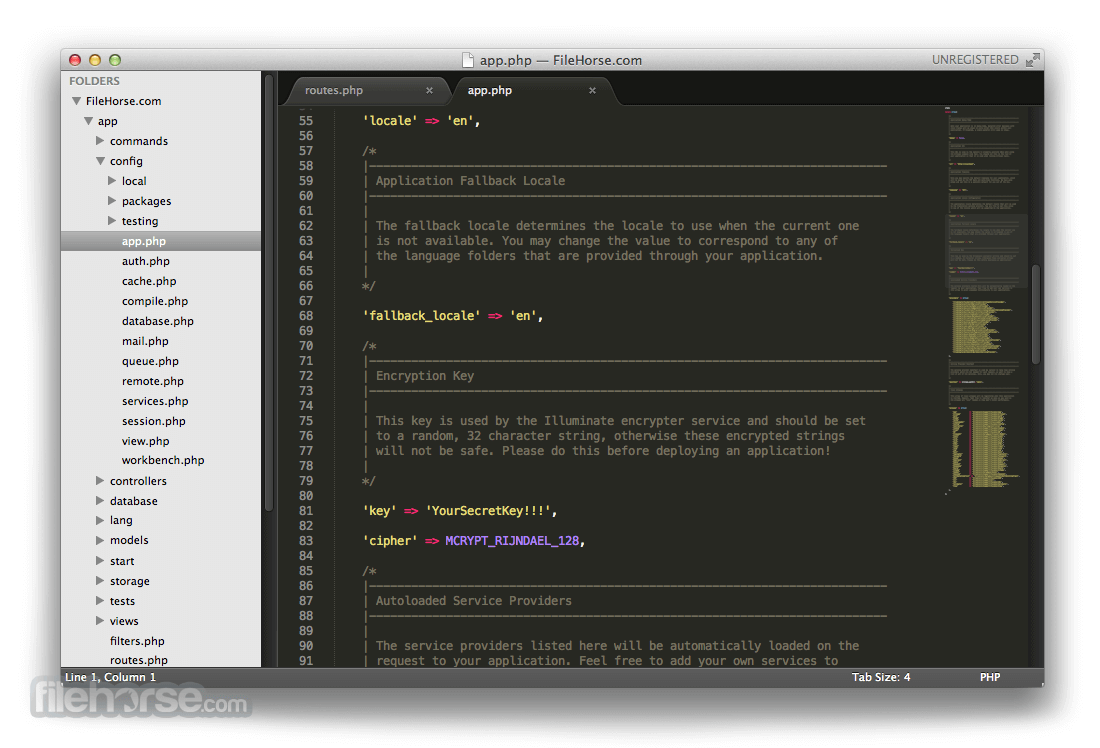

LiquidText does a fantastic job of establishing and maintaining the sense of context for your ideas, and it’s one of the most remarkable iPad apps I’ve seen in a while. The comment section in the margin is really more of an attached whiteboard for your ideas, and I love how you can tap on a snippet at any time and be taken right back to where you found it in the PDF.

#Liquid text review for mac pdf#
It’s a great, free PDF reader on its own, which supports multiple storage locations (Dropbox, iCloud Drive, and Box) and quick page jumps. I’ve really just scratched the surface of what you can do with LiquidText. In fact, one of the sample documents in LiquidText is a PDF that’s all about the design process - and it’s a great read! Part of it is probably the fact that we’re so used to touchscreens now, but a lot of it is due to to some really smart design. What’s most amazing about LiquidText is that it pulls all of these innovative features off without too much cognitive overload.
#Liquid text review for mac pro#
I was able to put a reasonable amount of pressure to activate the image capture feature, but I never felt like I was in danger of knocking my iPad Pro over in the process. You can drag the Pencil over text to select it quickly, or you can press a little harder to activate a screen capture mechanism. They’ve also empowered the Apple Pencil by enabling pressure sensitivity within the app. The app looks great on the 13–inch screen, and it works well in Split View. LiquidText also gets big points for adding some iPad Pro-specific support. It’s an interesting concept that’s very easy to grasp in use. Ideas are sticky, and LiquidText represents this by actually having them stretch out and bond with one another when you drag them close together. You can make comments on it there, or place snippets beside one another to link them visually. Not only can you visually highlight text, but you can drag that text into the right margin, where you have more room to play with it. This idea is pushed even further with the way that highlights and comments are handled. This essentially allows you to scroll to two completely separate sections of a PDF, helping you to tie ideas that would otherwise never be seen on the same screen. Instead of just bookmarking a page while you check another one, you can pinch a document one finger holds your place, and the other can scroll to another section in the document that you want to compare it to. LiquidText expands on these ideas by applying them to the digital canvas. You may not remember what page you read a passage on, but knowing that you had a bookmark or note there can ease the process of recall. It adds a sense of history to the reading, and also provides a great sense of placement. The age-old way of doing things is to dog-ear a page to bookmark it, or write into the margins beside a particular section. The idea behind LiquidText is to make longer text documents feel more fluid, so that it ultimately becomes easier to tie major themes together, or build your perspective on a piece. I would have absolutely loved this app while I was in university, and I’ve been sending it to all of my PhD candidate friends, since they spend hours every week trying to tie ideas together across pages. It takes the rote routine of PDF reading and makes the process feel a lot more dynamic. Like Paper by FiftyThree, LiquidText is an app that really comes alive on a large tablet screen. It really feels like one of those apps that was waiting for the age of tablets to be born. I’m not a huge PDF reader, but I am always into trying out great new iPad apps so I’m surprised that LiquidText has flown under my radar for this long.


 0 kommentar(er)
0 kommentar(er)
